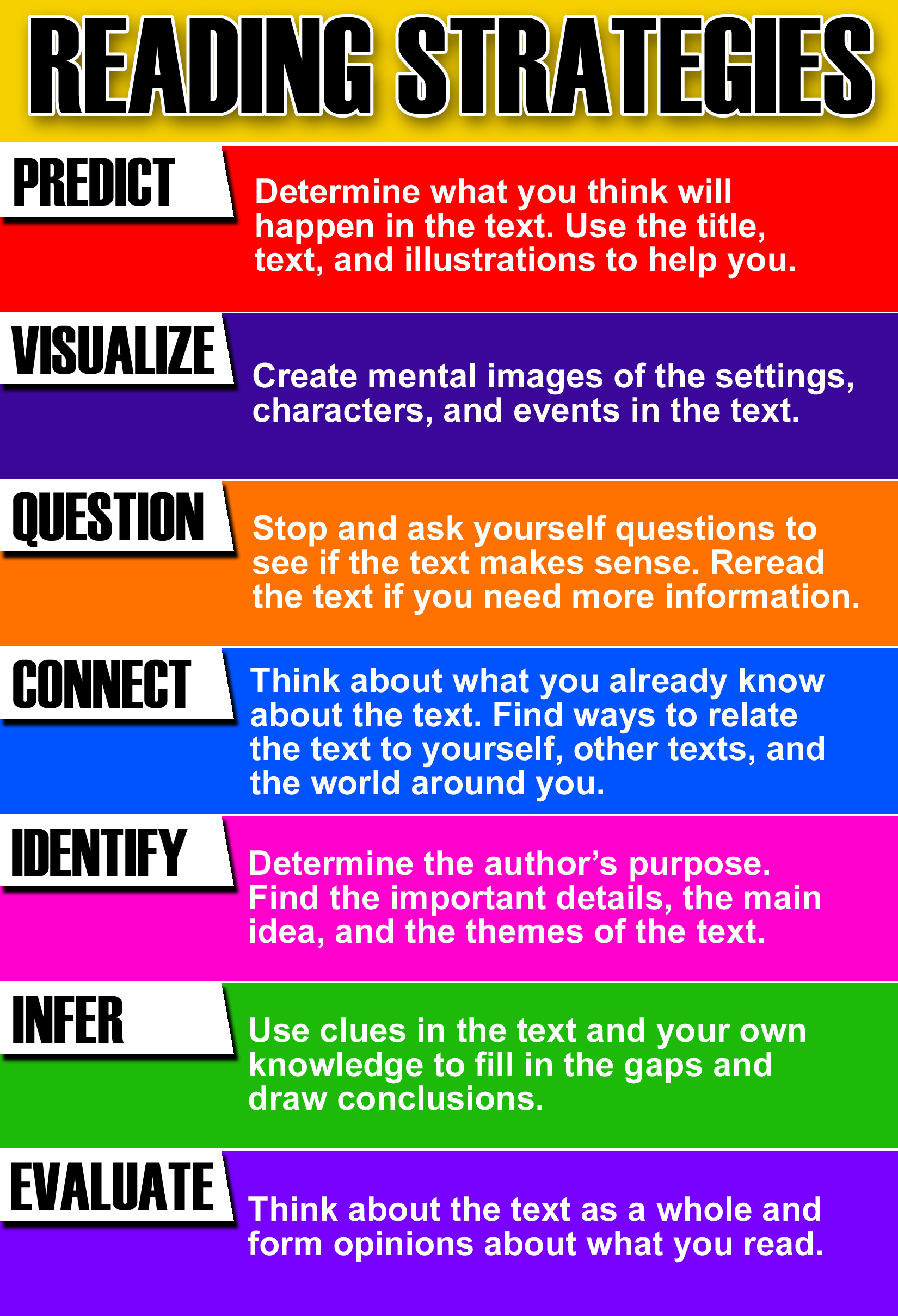
As we enter the Yuletide season of joy and giving, let's be honest. Every last nerve in our body is about to tested.
Our students are on the verge of eating excessive amounts of sugar for breakfast, lunch, and dinner. They will be bombarded with ads for the newest, coolest toys on the internet and at their neighborhood Walmart.
Their eyes will glaze over during class with visions of robot toys that shoot lasers at annoying little sisters, or video games that blow up evil empires while simultaneously chatting with an opponent in the UK.
As engaging as we try to make our lessons, they will not be able to compete with the big man in the fat red suit sporting a white beard who owns flying reindeer. Yes. Whether we want to admit it or not, we are all at risk of becoming a Grinch.
Before it's too late, I've pulled together five safeguards to protect our students, parents, and ourselves.
Safe Guard #1. Expand your heart
 During this holiday season, two types of students tend to emerge. The Cindy
Loo Who's who are innately kind, loving, and will complete homework and
projects in a timely manner. You will love these students. "Who"
wouldn't?
During this holiday season, two types of students tend to emerge. The Cindy
Loo Who's who are innately kind, loving, and will complete homework and
projects in a timely manner. You will love these students. "Who"
wouldn't? But what about the non-Cindy Loo Who's who will fail to complete assignments, push your last button, and then go home and tell their parent that you hate them.
Take a deep breath. A mentor of mine once said, "Fake it until you feel it." Act like you love The Cindy Loo Who's and the Non-Cindy Loo Who's and you'll be surprised when your heart catches up!
"And what happened then? Well, in Whoville they say that the Grinch's small heart grew three sizes that day." The Grinch Who Stole Christmas
Safeguard #2. Collaborate don't isolate.
It is easy to feel like you are the only teacher on the planet who is considering early retirement (and it's your first year) but know that you are not alone! Teachers all across the U.S. and Canada are feeling the effects, as well.
Just as you would never attempt Black Friday or Brown Thursday alone, you should not take on the days and weeks leading up to winter break alone. Go to your team and express how you are feeling. Chocolate also helps!
Safeguard #3. Be realistic.
As excited as you are about completing an ice sculpture of the Great Wall of China in your World Geography class, this is not the time or the place.

Variables like shorter attention spans, additional carbs to induce sleeping, and inevitable interruptions by your former students coming by to remind you why you love to teach, are very, very real.
Ask yourself. What assignments can wait until these variable diminish? Separate the need to do's from the I want to's and you will become far less frustrated.
Taking on too much can make you feel like you are a horrible teacher, which of course, you aren't.
Safeguard #4. Be kind.
Even if you have failed miserably at Safeguards #1-#3, it is never too late to change your behavior. Before sending out the mass email and a bcc: to your principal about the teacher whose students are climbing the walls. Stop!
Before posting or emailing anything ask yourself: Is it biased? Could it be taken out of context? Is it hurtful?
If you can answer one or more of these questions with a yes, you need step away from your computer, Ipad, or Iphone and take a deep breath.

This is the perfect moment to engage in a random act of kindness!
Safeguard #5. Be thankful.
Hands-down one of the best Grinch repellents is a spirit of thankfulness. Begin making a list of reasons to be thankful. Warning: While you may exude thankfulness on a normal basis, you may struggle.
This isn't to say you aren't a grateful person...because you are!
Remembering the reasons you are thankful is more about reminding you of the person you truly are!
Confession Reflection:
- How can administrators support teachers who are dealing with "seasonal" behavior issues?
- Why is it important for teachers to stay connected to their PLC or mentor teachers and not isolate?
- What are the benefits of closing the Teacher Evaluation Window the week before a holiday break?

























